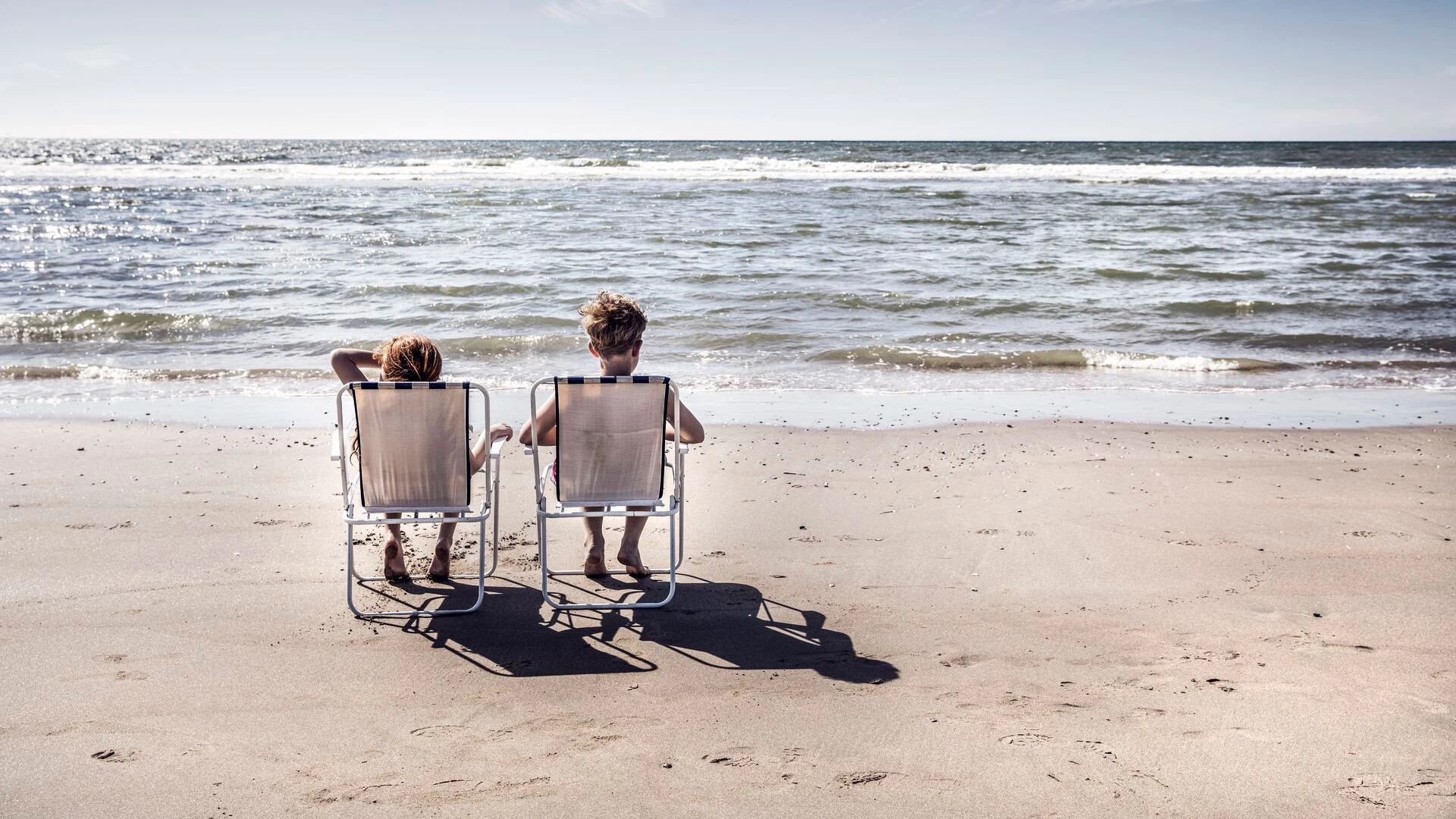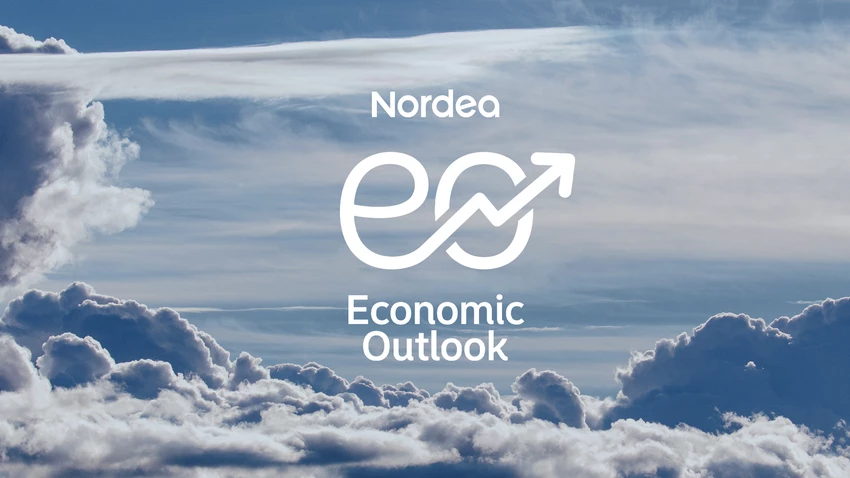
- Name:
- Helge J. Pedersen
- Title:
- Nordea Group Chief Economist
Sivua ei ole saatavilla suomeksi
Pysy sivulla | Siirry aiheeseen liittyvälle suomenkieliselle sivulleHelge J Pedersen
Electric car holiday, green transition and global tensions. An economic summer update from Nordea's Group Chief Economist Helge J. Pedersen.

It’s back to reality after a lovely summer holiday. The batteries have been recharged, and they were, in fact, topped up many times during the holiday. Like thousands of other Danes, I’ve replaced the old petrol car with a new electric one. So this year we opted for an electric car holiday – and fearing we might run out of charge along the way, we planned our route through the Netherlands and northern Germany, where the charging network is relatively well-developed.
And I must admit our concerns were completely groundless. With a bit of planning and help from various apps, the trip went smoothly – and it actually turned out to be quite nice with the necessary breaks at charging stations, which are often located at hotel chains or shopping centres, rather than at the traditional and often overcrowded petrol stations along the motorway.
My wife and I also noticed that there weren’t many Danes on holiday in Friesland, which is actually a very fascinating province in the Netherlands with a long history, beautiful nature reserves, an enormous network of canals and advanced coastal protection in the form of world-class flood defences. But this is also necessary in a country where about 26% of the land is below sea level, and nearly 60% is vulnerable to flooding.
The journey continued to the Harz Mountains, which by contrast was teeming with Danes. Our stay there offered classic hiking routes, old mines and pumping stations, as well as spa experiences and a visit to Lüneburg, the old Hanseatic town that built its enormous wealth in the Middle Ages on trading salt – the white gold of the time – to Denmark and the Baltic region, among others.
Back in Denmark, the conclusion was clear. The electric car passed its northern European test, and I hope the government will maintain the current low registration tax so that incentives will continue to support a rapid replacement of one of the world’s oldest car fleets with modern and climate-friendly vehicles.
With the trade agreement, we get away with a 15% tariff on most goods. This is, of course, a significant increase, but it’s manageable, and it’s equally important that there is now clarity about future trade relations.
But electricity is only as green as the energy source that produces it. That’s why it’s equally important that the development of renewable energy – solar, wind, water, biomass and geothermal – continues. This is luckily still high on the agenda in Europe and Asia, but in the US, the picture has become murkier after the presidential election, as Donald Trump unfortunately is very sceptical about the green transition.
On the other hand, he’s eager to sell US natural gas and weapons on a large scale to Europe. These two elements also feature prominently in the trade agreement that the US and the EU finalised just days before Trump’s threat of a 30% tariff would have taken effect. With the agreement, we get away with a 15% tariff on most goods. This is, of course, a significant increase, but it’s manageable, and it’s equally important that there is now clarity about future trade relations. Both the OECD and the IMF assess that the consequences for the European economy will be relatively limited – and significantly smaller than for the US economy.
The trade agreement also makes it possible for Europe to become independent from Russian energy while maintaining the transatlantic defence cooperation, which is more important than ever given the situation in Ukraine.
Meeting climate goals has also been supported by declining interest rates in Europe over the past year. The ECB’s policy rate has been halved from 4% to 2%, and even though long-term rates haven’t followed suit, it still helps ease the financing of the green transition at a time when large sums also need to be channelled to defence.
The situation looks different in the US, where the Federal Reserve maintains a wait-and-see stance. This has led to a cascade of aggressive and personal attacks from President Trump on Fed Chairman Jerome Powell, whom he calls both an “idiot” and “too late” on social media.
But Powell is actually facing a difficult dilemma. Trump’s tariff policy could lead to both a flare-up in inflation and an economic slowdown – each scenario requiring its own monetary policy response, which is why it actually makes good sense not to make any hasty decisions. But it’s also a fact that the pressure is mounting, and based on July’s weak job figures – which led to Trump firing the statistics chief of the Bureau of Labor Statistics for allegedly manipulating the figures for “political purposes” – many now expect the Fed to cut rates at its next meeting in September.
So although the holiday is over, everyday life will hardly be boring. Neither regarding the continuing Trump saga nor the development of the domestic Danish economy, which may increasingly have to be driven by domestic demand. Exports and the pharmaceutical industry, which for several years have acted as well-oiled growth drivers, risk being hit by Trump’s attempts to “make America great again”.


Stay ahead of the curve with our expert economic insights and forecasts. Get the latest analysis on global and Nordic markets delivered straight to your inbox.
Read more